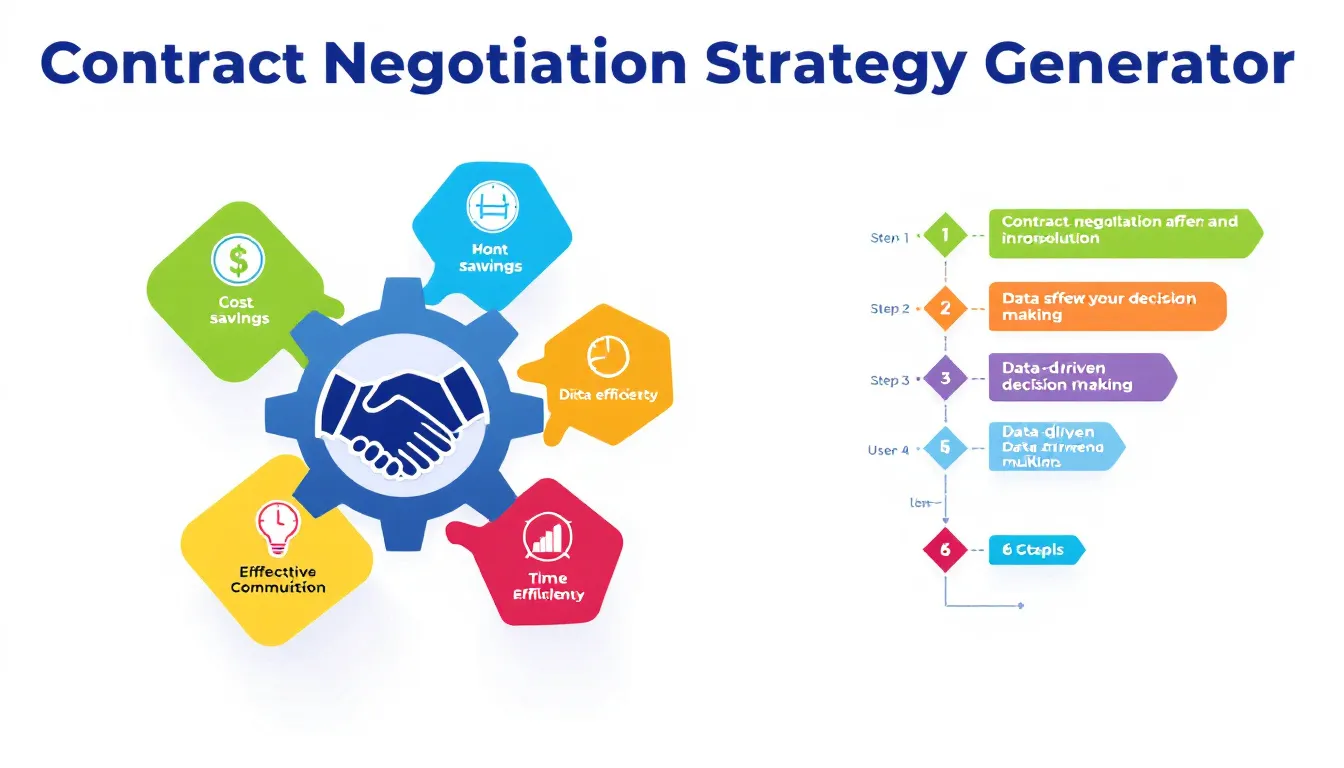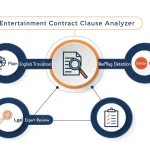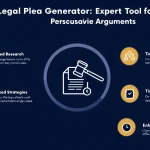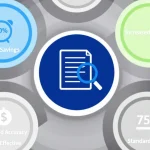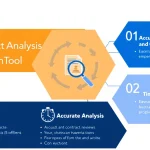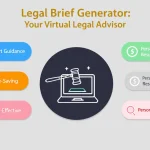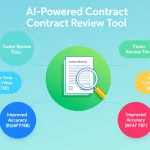Contract Negotiation Strategy Generator
Is this tool helpful?
How to Use the Contract Negotiation Strategy Generator Effectively
This tool helps you create detailed negotiation strategies based on your input. Follow these steps to get the best results:
-
Client’s Key Objectives: Clearly describe your client’s primary goals for the negotiation. For example:
- Negotiate exclusive supplier rights in emerging markets while limiting upfront payments.
- Ensure liability waivers align with client’s risk tolerance in manufacturing contracts.
-
Contract Type: Specify the exact nature of the agreement. Examples include:
- Joint venture agreement for renewable energy projects.
- Consulting services contract addressing deliverables and timelines.
-
Key Terms and Clauses (Optional): List critical contractual elements your client wants highlighted. Examples:
- Indemnification clauses protecting against third-party claims.
- Performance milestones tied to payment releases.
-
Industry Standards (Optional): Include typical practices or benchmarks relevant to your client’s industry, such as:
- Standard warranty periods for construction contracts.
- Common dispute resolution procedures in international trade.
-
Other Party’s Position (Optional): Share known insights about the counterparty’s priorities or restrictions. For example:
- The vendor prioritizes early payment over extended contract length.
- The client’s competitor seeks exclusivity agreements with limited negotiation flexibility.
-
Legal Precedents (Optional): Provide relevant laws or past rulings that support your client’s standpoint, such as:
- Jurisdictional rulings favoring non-compete clause enforcement.
- Recent statutory updates affecting data privacy obligations.
- Generate Negotiation Strategy: After completing the form, click the generate button to receive a tailored contract negotiation strategy.
- Review and Use Strategy: Read the generated approach carefully. Use the insights to guide your contract discussions and prepare counteroffers.
Providing clear, detailed information ensures the tool produces a more customized and actionable negotiation plan for your specific case.
Introduction to the Contract Negotiation Strategy Generator
The Contract Negotiation Strategy Generator is a practical tool designed to assist lawyers and legal professionals in preparing effective negotiation plans. By translating your inputs into customized strategies, it helps you approach contract discussions with confidence and clarity.
Purpose of the Tool
Negotiating contracts involves many details. This tool helps you swiftly identify and focus on critical negotiation points, so you can:
- Highlight key objectives relevant to your client’s goals.
- Develop adaptable strategies based on contract type and industry norms.
- Anticipate opposing arguments and prepare responses.
- Save time in the pre-negotiation preparation phase.
Benefits of Using the Tool
- Efficiency: Produces a detailed negotiation strategy within minutes, speeding up preparation.
- Thoroughness: Covers essential contract elements such as payment terms, deadlines, confidentiality, liability, and termination clauses.
- Customization: Adapts strategies to the client’s specific priorities and contract context.
- Confidence: Includes fallback options and counters to potential objections.
- Legal Insight: Incorporates relevant case law and industry standards where applicable.
- Consistency: Supports standardized negotiation approaches across legal teams.
Practical Usage of the Contract Negotiation Strategy Generator
This tool works as an interactive form that converts your detailed contract inputs into a structured negotiation plan. Here are example scenarios where it enhances your preparation:
1. Negotiating Licensing Agreements
- Focuses on royalty rates, usage limits, and support services.
- Suggests protecting IP rights while maximizing revenue.
- Integrates industry benchmarks for licensing fee structures.
2. Employment Contracts for Senior Executives
- Helps craft compensation packages including bonuses and equity.
- Recommends clauses for non-compete agreements and confidentiality.
- Addresses termination conditions and performance indicators.
3. Commercial Lease Negotiations
- Targets rent terms, lease renewals, and tenant improvements.
- Advises on operational costs and property maintenance responsibilities.
- Prepares exit strategies and sublease provisions.
4. Mergers and Acquisitions
- Frames discussions on purchase price, payment milestones, and earn-outs.
- Incorporates due diligence findings into negotiation tactics.
- Suggests approaches for employee retention and post-transaction integration.
5. International Distribution Contracts
- Focuses on exclusivity, minimum orders, and pricing flexibility.
- Considers international trade laws and currency risks.
- Recommends dispute resolution and governing law provisions.
By applying tailored strategies generated from your inputs, you’ll approach negotiations fully prepared to protect your client’s interests and close optimal deals.
Important Disclaimer
The calculations, results, and content provided by our tools are not guaranteed to be accurate, complete, or reliable. Users are responsible for verifying and interpreting the results. Our content and tools may contain errors, biases, or inconsistencies. Do not enter personal data, sensitive information, or personally identifiable information in our web forms or tools. Such data entry violates our terms of service and may result in unauthorized disclosure to third parties. We reserve the right to save inputs and outputs from our tools for the purposes of error debugging, bias identification, and performance improvement. External companies providing AI models used in our tools may also save and process data in accordance with their own policies. By using our tools, you consent to this data collection and processing. We reserve the right to limit the usage of our tools based on current usability factors.
